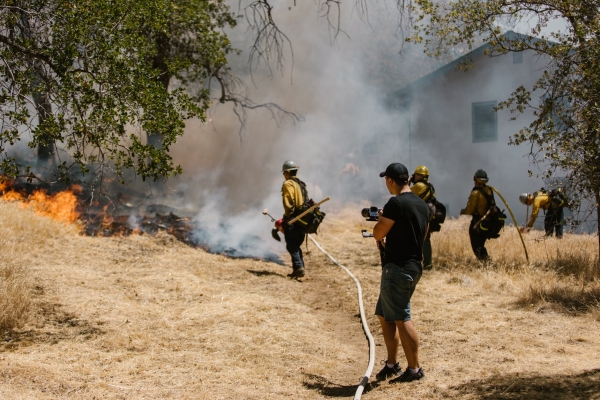Explosive Weapons Monitor is a civil society initiative, launched by the International Network on Explosive Weapons (INEW), which conducts research and analysis on harms and practices from the use of explosive weapons for INEW. It also monitors States’ responses to this, including in relation to the political declaration, which can help to promote positive state engagement in policy and practice towards strengthening the protection of civilians.
The report has taken numbers of casualties recorded in open sources. It used data collected by Action on Armed Violence (AOAV) on incidents of explosive weapon use and casualties (including deaths and injuries), and data collected by Insecurity Insight on explosive weapon use affecting aid access, education and healthcare. It is important to underline that these numbers under-report actual casualty figures. In situations of intense conflict and explosive weapon use, not all casualties or incidents can be recorded due to the requirements of AOAV methodology.
According to the report, at least one death or injury stemming from the use of explosive weapons was recorded in 21 countries and territories in May 2021. Additionally, the report states that at the end of this month a peak of the number of civilian deaths or injuries was registered in populated areas, with respect to unpopulated ones. Indeed, 96 per cent of the overall toll of civilian victims were killed and injured in the former, while 23 per cent of them in the latter. The five most affected countries or territories in terms of civilian casualties resulting from the use of explosive weapons were the Occupied Palestinian Territories, Afghanistan, Israel, Syria, and Myanmar. Worldwide, there were 360 recorded incidents of explosive weapon use, causing 3071 casualties, of which 84 per cent was composed by civilians.
Among the hardest hit sectors, the report registers that in May the incidents caused by explosive weapons affected mainly the educational sector, followed by the healthcare system and lastly the aid access. This is especially true for Afghanistan where, during the same month, four explosive incidents undermining the delivery of educational services were reported: students were killed and injured while at school, and lecturers and students were killed and injured en route to a university. The highest number has been registered in Myanmar, where 32 incidents of explosive weapon use affecting the provision of education were reported. Schools and universities were damaged by directly emplaced explosive weapons including homemade bombs. The healthcare was particularly damaged in the occupied Palestinian territories, as 14 incidents of explosive weapon use affecting health services were recorded. All 14 incidents took place in Gaza. Hospitals, a Ministry of Health building and an ambulance centre were damaged or destroyed and health workers were killed and injured by Israeli airstrikes.
The report selects information on the type of explosive weapon used too. Among the incidents registered between 1 January and 31 May 2021, the highest number of casualties, equal to 2549, was provoked by directly emplaced weapons, such as landmines. These are the ones which also cause the highest amount of education incidents with respect to the other types of weapons. These data are followed by 1430 dead civilians for air-launched explosives, which is the one that mainly hit people in healthcare sites, and by 1183 provoked by ground-launched devices.
Data collection and research conducted by the Explosive Weapons Monitor on the impact of explosive weapon use has helped to place critical attention on the grave humanitarian consequences, and enhance our collective understandings of the devastating impact it frequently has on civilians and the environment. Most notably, the report highlights that when explosive weapons are used in towns, cities and other populated areas, it is civilians that bear the brunt. In turn, this has helped to highlight the need for an effective response that will protect civilians from the heinous consequences brought about by the use of explosive weapons in populated areas.
Source:
Author Jasmina Saric; Editor Gianpaolo Mascaro







